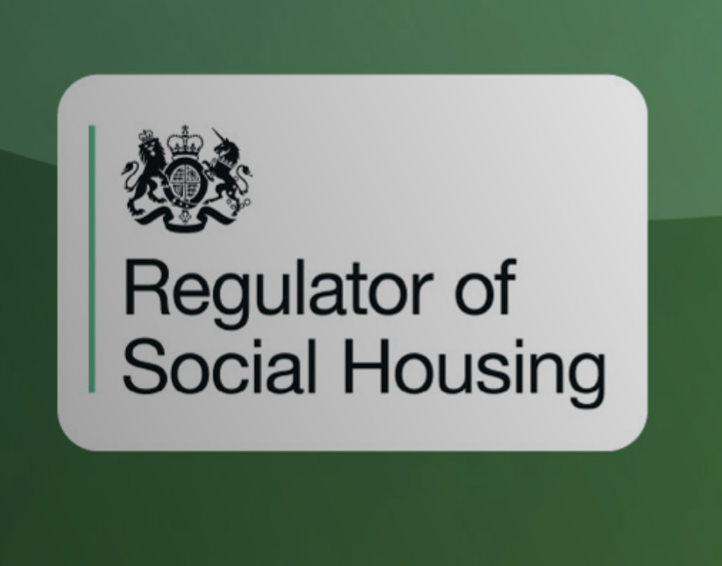
22 Apr 2025
Improving our performance against standards set by the Regulator of Social Housing
We have been working with the regulator to agree a plan to ensure we regain compliance with their governance and consumer standards.

22 Apr 2025
We have been working with the regulator to agree a plan to ensure we regain compliance with their governance and consumer standards.